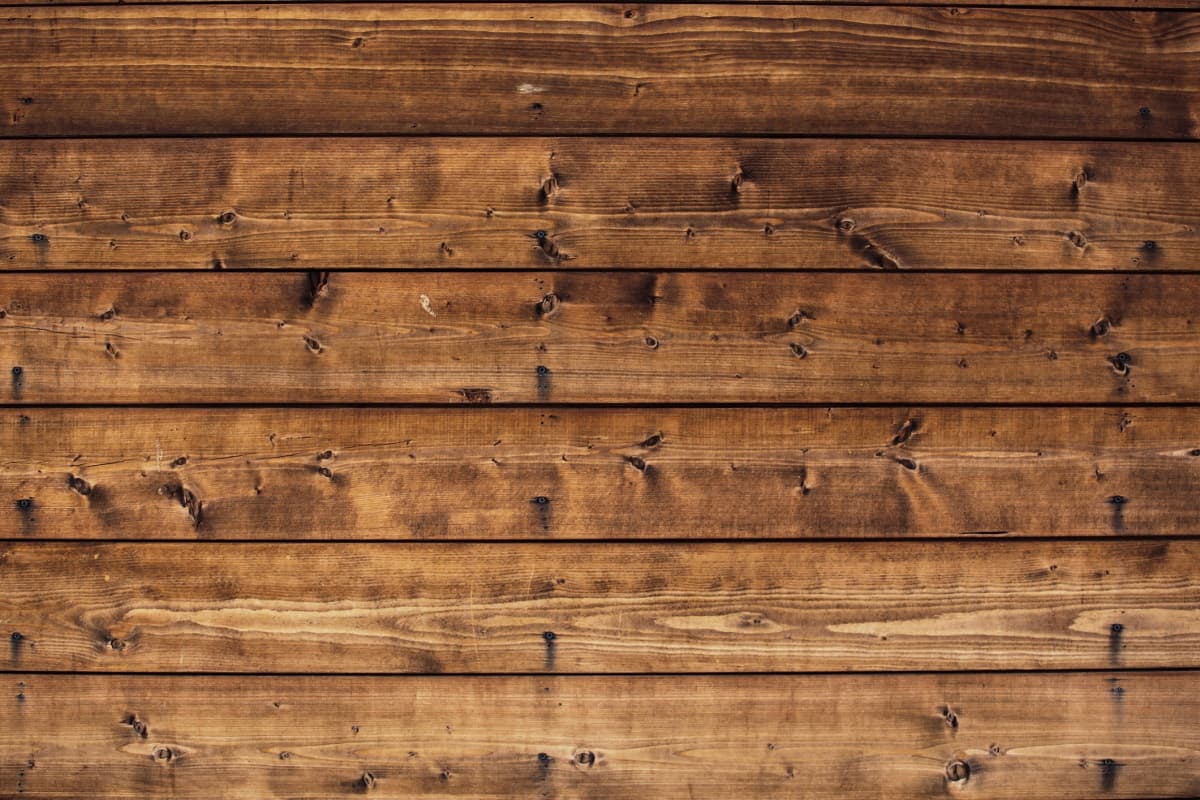This could be huge.
Wood Ya Look at That
In what could be a sustainability breakthrough in the space economy, a team of scientists from Kyoto University and Japanese logging startup Sumitomo Forestry say they've demonstrated that wood might just be a durable in-orbit material.
This project has been in the works for a while now. The partnership was first announced back in 2020, and in March of last year, the team coupled up with the Japan Aerospace Exploration Agency (JAXA) to send three types of wood to the International Space Station (ISS) to test each type's off-world resilience.
"Wood's ability to withstand simulated low earth orbit — or LEO — conditions astounded us," Koji Murata, the leader of the effort and a Kyoto University researcher, said at the time. "We now want to see if we can accurately estimate the effects of the harsh LEO environment on organic materials."
Once they made it to the ISS, the samples were placed in JAXA's Kibo module, where they stayed for roughly ten months. And as of last week, the results are finally in — and apparently, it was a grand success.
As a result, according to a press release, the scientists are hoping to launch their first full-blown wooden satellite into orbit next year.
Magnolia, Sweet Thing
As far as the winning type of wood goes, magnolia was found to be the most resilient, with the scientists confirming there to be "no decomposition or deformations, such as cracking, warping, peeling, or surface damage " and almost no change in weight in the returned sample, according to the release.
That's a pretty remarkable feat, considering the harsh temperatures and high levels of radiation characteristic of the final frontier.
Trees, Please
From military applications to high-speed internet, society very much relies on satellites. But for how much we rely on them, satellites pose a lot of real concerns, both to Earth's internal and external environments.
Like most other spacecraft, when satellites die, they often turn into very expensive trash. And when dying satellites fall back into Earth's atmosphere, they burn aluminum — another serious issue, considering that high levels of burning aluminum could ultimately rip a new hole in our atmosphere ozone.
All to say, transitioning to wooden satellites could be a best-of-both-worlds solution to the growing satellite issue. Fingers crossed that a wooden space station is next.
More on wood: Scientists Are Officially Launching a Wooden Satellite
Share This Article
